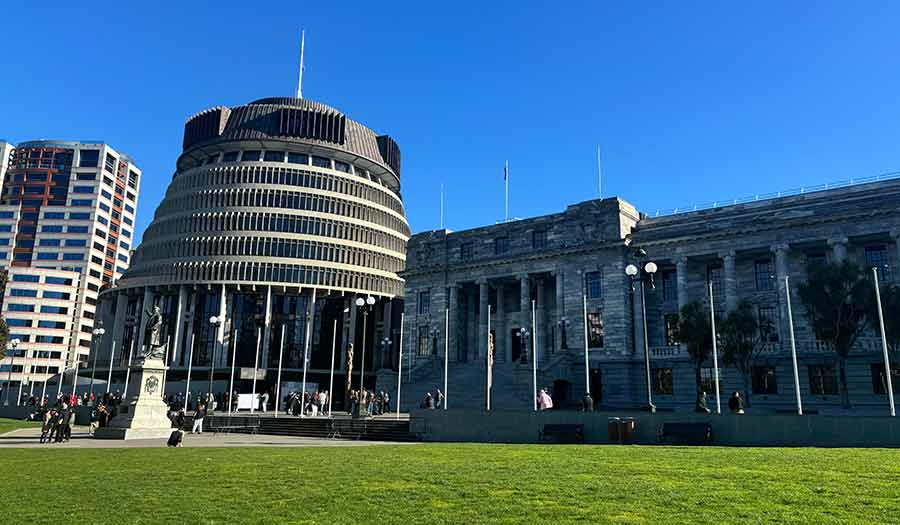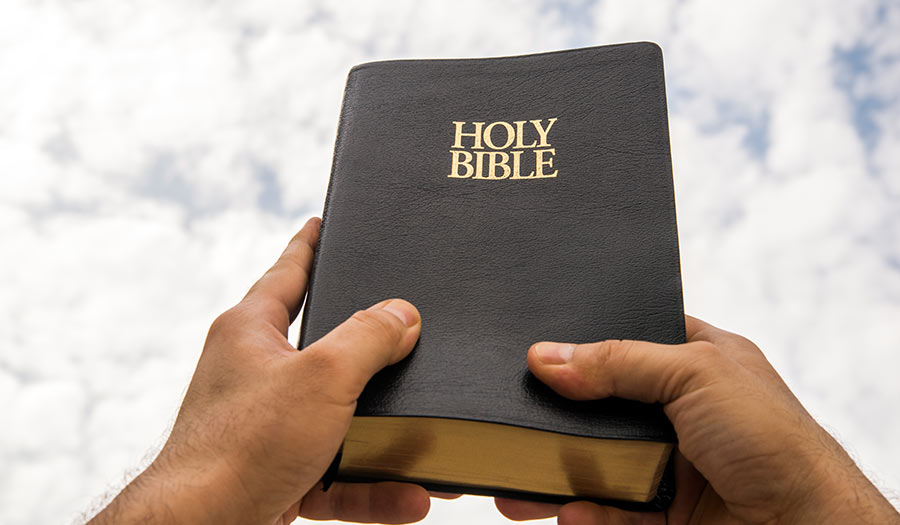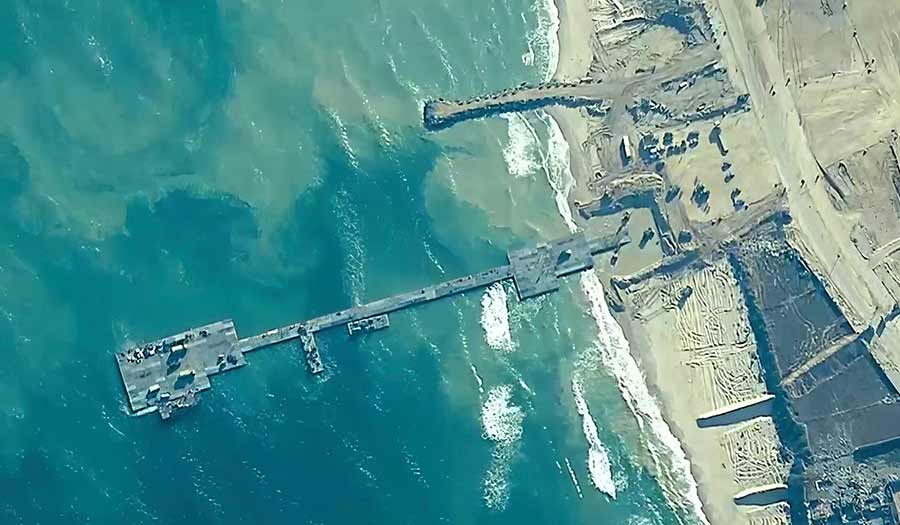- World News Desk
- HEALTH ISSUES
| A goal to eliminate global hunger by 2030 looks increasingly impossible to achieve, with the number of people suffering chronic hunger barely changed over the past year, a UN report says. |
- World News Desk
- AUSTRALIA & SOUTH PACIFIC
- Articles
- RELIGION
How God’s Word was written and preserved over millennia sheds light on its ultimate purpose—and what it should mean to you.
Learn the why behind the headlines.
Subscribe to the Real Truth for FREE news and analysis.
Subscribe Now- World News Desk
- GEOPOLITICS
From the Editor
- Personals from the Editor
- MARRIAGE & FAMILY
The world is exploding with problems. Much knowledge is available about most of them, but little understanding. The breakdown of marriage and the family is a classic example. Seemingly everyone knows it is happening, but no one knows what it means—or what to do about it.
- World News Desk
- ASIA
| “Education underpinned the democratic movement in Myanmar, but today Myanmar’s youth are witnessing their schools—and life opportunities—reduced to rubble,” said Matt Lawrence, project director at Myanmar Witness. |
- Articles
- RELIGION
- World News Desk
- GEOPOLITICS
| Joe Biden’s withdrawal from the U.S. presidential race injects greater uncertainty into the world at a time when Western leaders are grappling with wars in Ukraine and Gaza, a more assertive China in Asia and the rise of the far right in Europe. |
- World News Desk
- TERRORISM & SECURITY
| France has a lot riding on keeping 10,500 athletes and millions of visitors safe. Here is how it aims to do it. |
- Articles
- POLITICS
| Politicians often use the Bible to prove a point. Here’s the problem with that… |
- World News Desk
- SCIENCE & TECHNOLOGY
“We’re facing a battle in which information and technology are essential parts,” said Qassem Kassir, a Lebanese analyst close to Hezbollah. “But when you face certain technological advances, you need to go back to the old methods—the phones, the in-person communications…whatever method allows you to circumvent the technology.”
- World News Desk
- AMERICAS
| Authorities want to know how a shooter was able to get on top of a roof so close to where former President Donald Trump was speaking and open fire. |
- Articles
- AMERICAS
The Caribbean nation has seen no end of tragedy in recent years. What’s behind its latest upheaval?
- World News Desk
- MIDDLE EAST
| The U.S. military-built pier will be dismantled and brought home, ending a mission that has been fraught with repeated weather and security problems that limited how much food and other supplies could get to starving Palestinians. |
- World News Desk
- WEATHER & ENVIRONMENT
| Mayor Paloma Aguirre calls the discharges “the biggest environmental and public health disaster in the nation that nobody knows of.” |
- Articles
- HEALTH ISSUES
As traditional medicine faces criticism for high costs, malpractice and profit-driven care, many people are seeking alternative and sometimes bizarre treatments.
- Articles
- SOCIETY & LIFESTYLES
The Bible provides solutions to today’s farming problems in verses almost no one knows.
- World News Desk
- MIDDLE EAST
| “The punishments attached to non-compliance with instructions and decrees are often arbitrary, severe and disproportionate,” said the report from the UN Mission in Afghanistan. |
- World News Desk
- AMERICAS
| Figures for the first half of 2024 show that Mexican federal forces seized only 286 pounds of fentanyl nationwide between January and June, down 94 percent from the 5,135 pounds seized in 2023. |





















